Visiting The Golden Hinde
Visiting The Golden Hinde
In early March the project team visited London to meet with one of our project partners at The Golden Hinde ( https://www.goldenhinde.co.uk/ ). The Hinde is a replica of one of Francis Drake’s ships that sailed on his voyage which circumnavigated the globe in 1577–80; the first English expedition to achieve this feat. The present Golden Hinde was constructed in 1973 and, like its earlier namesake, has sailed across oceans and undertaken a circumnavigation of the globe. This is an important time for the team at the Golden Hinde as they prepare for the current ship’s 50th anniversary in May. In preparation for the anniversary the ship is currently undergoing important restoration work which includes preparing to install new masts.
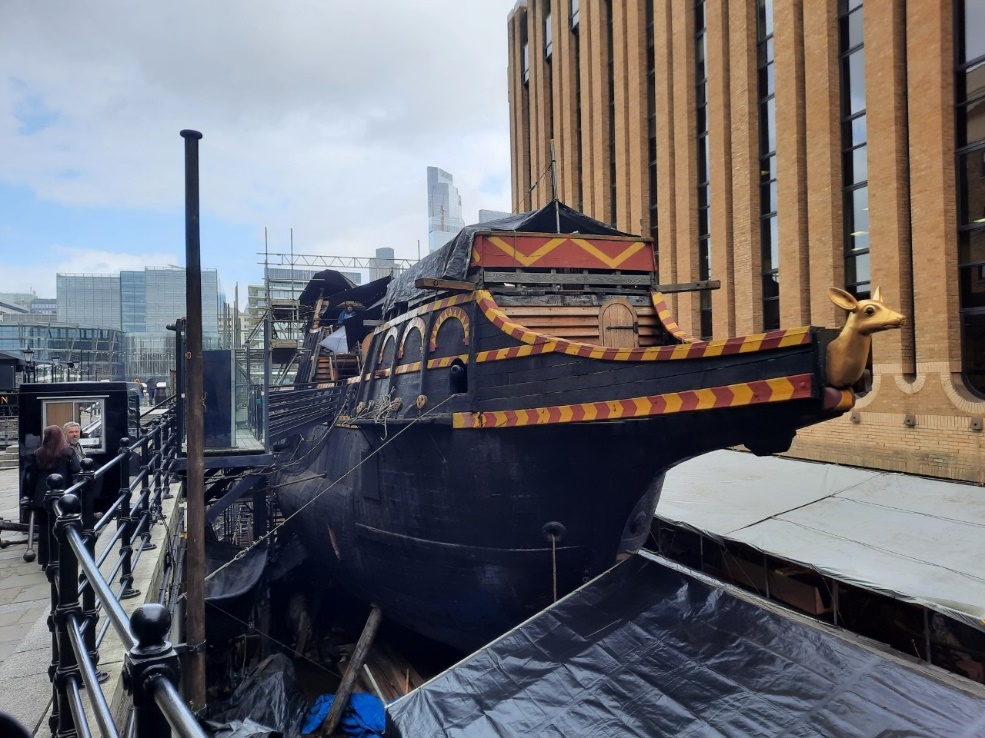 Figure 1: The Golden Hinde, built in 1973, is a replica of Drake's original Tudor ship. It will shortly have its masts restored for the 50th anniversary of its construction
Figure 1: The Golden Hinde, built in 1973, is a replica of Drake's original Tudor ship. It will shortly have its masts restored for the 50th anniversary of its construction
On arrival the team were met by Maddi and Chiara, two of the Hinde’s enthusiastic Learning and Engagement Officers. After boarding the vessel, Maddi and Chiara gave us a fantastic tour of the ship, rubbing the knight’s head to ward off evil spirits and have a safe voyage as we went. This practice, according to some, is where the English phrase ‘to touch wood’ – to prevent bad luck by literally touching wood – arises!
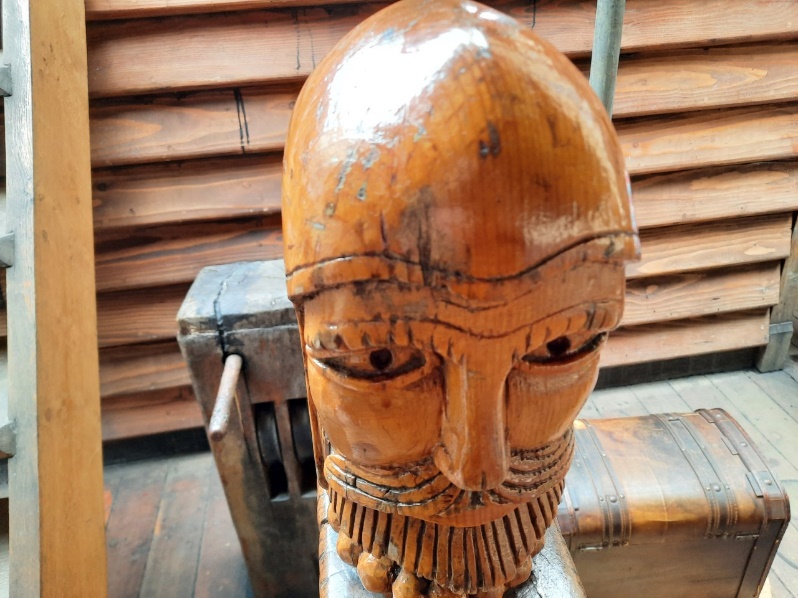
Figure 2: One of the beautifully carved knight's heads on the ship
We were then told about Drake’s voyage around the globe and the importance of the venture in terms of the geopolitics of the time. During the 1560s England’s relationship with Spain became increasingly strained as Englishmen such as Sir John Hawkins attempted to break into the highly regulated, Spanish-controlled trading monopoly between Europe and Spain’s territories in the Americas. Much of Hawkins’s activity centred on the demand for the labour of enslaved peoples in Spain’s New World territories. The demographic collapse of indigenous populations due to harsh treatment by their Spanish overlords and European diseases like smallpox, and the discovery of silver, increased the demand for enslaved labour, and encouraged a group of London merchants and John Hawkins to interlope in this trade by selling enslaved peoples to the Spanish in the America’s at reduced prices (thus undercutting licenced Spanish traders), to make a quick profit. Hawkins’s interloping soon fell afoul of Spanish aggression after the defeat of his fleet at the Battle of San Juan de Ulúa off present-day Veracruz in Mexico in September 1568. Thereafter, Francis Drake, who had participated in the voyage and battle, abandoned Hawkins’s method of attempting to trade illicitly and became far more aggressive towards the Spanish, a stance that had the tacit backing of the English Crown. Thus, from the 1570s, English voyages to Spanish colonies became more aggressive and piratical in nature which in turn increased tensions between England and Spain. Drake’s circumnavigation, which involved attacking Spanish settlements and ships on the Pacific side of their American territories (where the Spanish were not expecting them to be), was therefore an extension of the increasing hostility between the two countries.

Figure 3: Three members of the project team, John Mcaleer (left), Craig Lambert (middle), and Gary Baker (right)
As we toured the ship, we were told about life aboard during the circumnavigation where the eighty or so crew members would have lived and worked in confined conditions. We also saw the area where Drake and his officers (including the Portuguese pilot Nuna da Silva who was pressed into service by Drake) would meet to discuss business, eat, and entertain some of the Spaniards they took captive during the voyage. We also viewed Drake’s cabin (the only private quarters on the ship), the gun deck, and the hold where the ship’s provisions and treasure looted from the Spanish would have been stored.
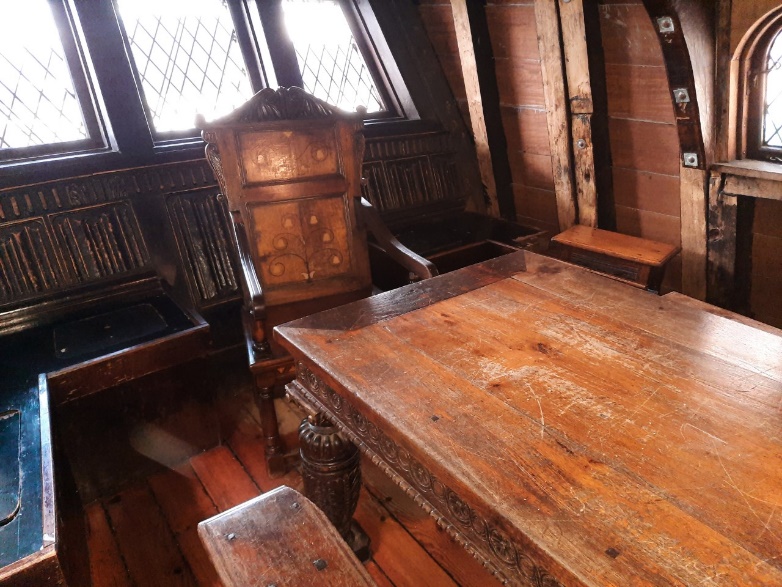
Figure 4: The meeting room where Drake and his officers would have met to discuss business; it doubled as a pleasant surrounding for our project meeting with Maddi and Chiara!
On the deck where we had our meeting, the project team (now ‘the crew’) attempted to raise the anchor by working the capstan, a rotating machine that enabled several seafarers to haul in the anchor. Remarkably, to raise the anchor on a ship like the Golden Hinde could take two hours, which explains why ships often carried spares and in emergency captains would often cut anchor cables.
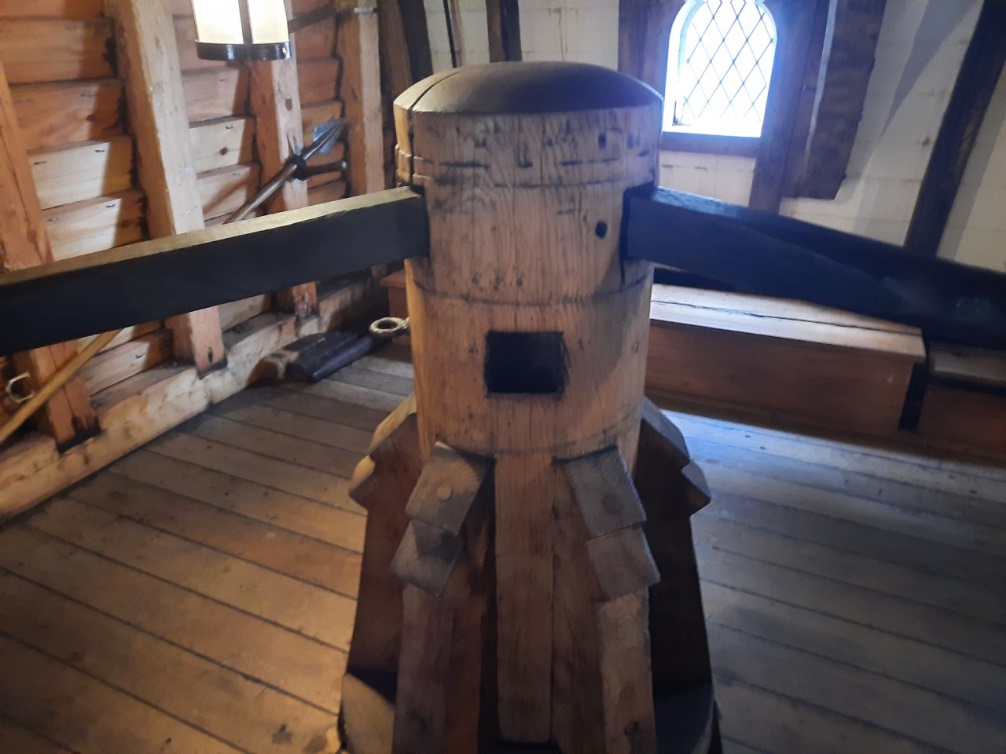
Figure 5: The ship's capstan
After raising the anchor (or at least trying to) the project team examined some of the weapons that were aboard the ship. This included longbows and different types of arrows. At this point one of the team (Gary Baker) got to hold the ship’s arquebus, an early form of smoothbore musket that could also double as a useful club weapon because of its weight. We also got to handle some of the ships medical equipment to treat the various ailments the crew would have suffered on the voyage.
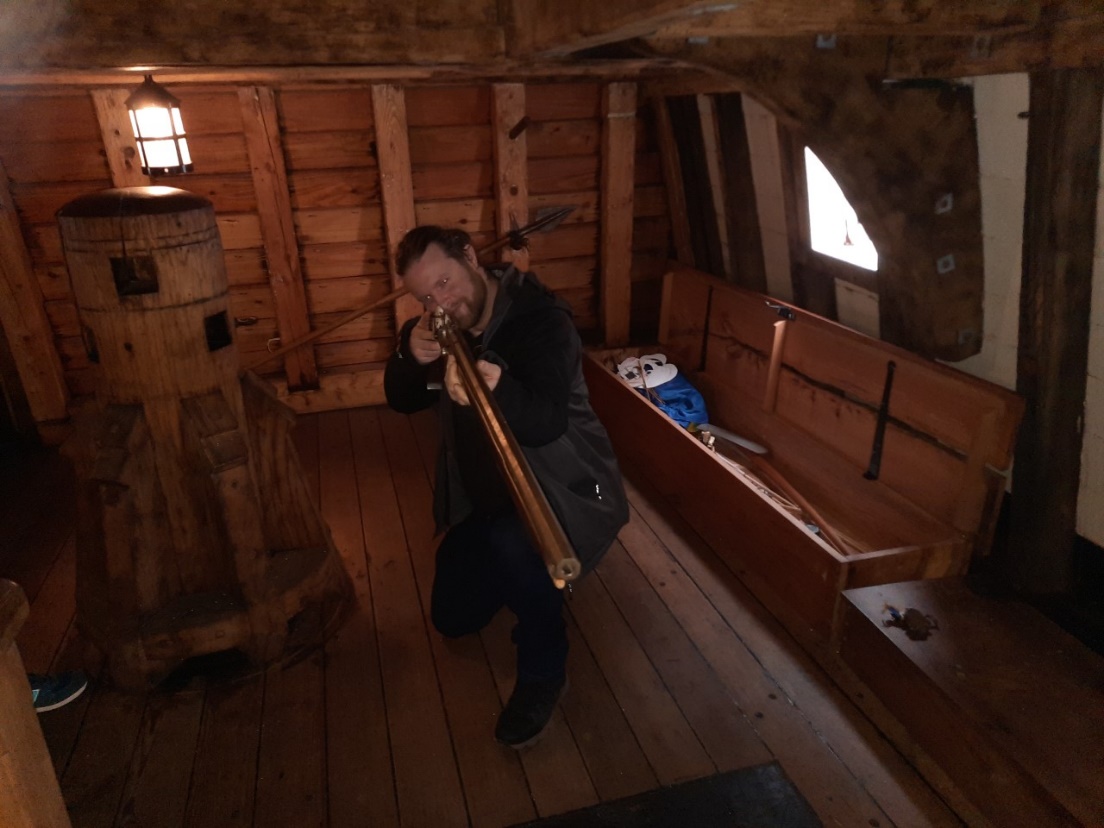
Figure 6: Project RA Gary Baker preparing for a Spanish onslaught with the ship's arquebus!
As we descended further, we were shown where the crew slept: on the floor of the gundeck with water dripping from the main deck and washing through the gunports. When in this space it is easy to image the cramped, cold, and wet conditions the crew endured, while no doubt the tropical climate of Ternate (a small island and city in the Maluku Islands which Drake visited when he crossed the Pacific) created stifling conditions for the crew. The team were then given a lesson in how to fire the ship’s canons. In order to ensure the accuracy of their displays The Golden Hinde work with Livery bodies such as the Worshipful Company of Fletchers to ensure their exhibits are historically accurate.
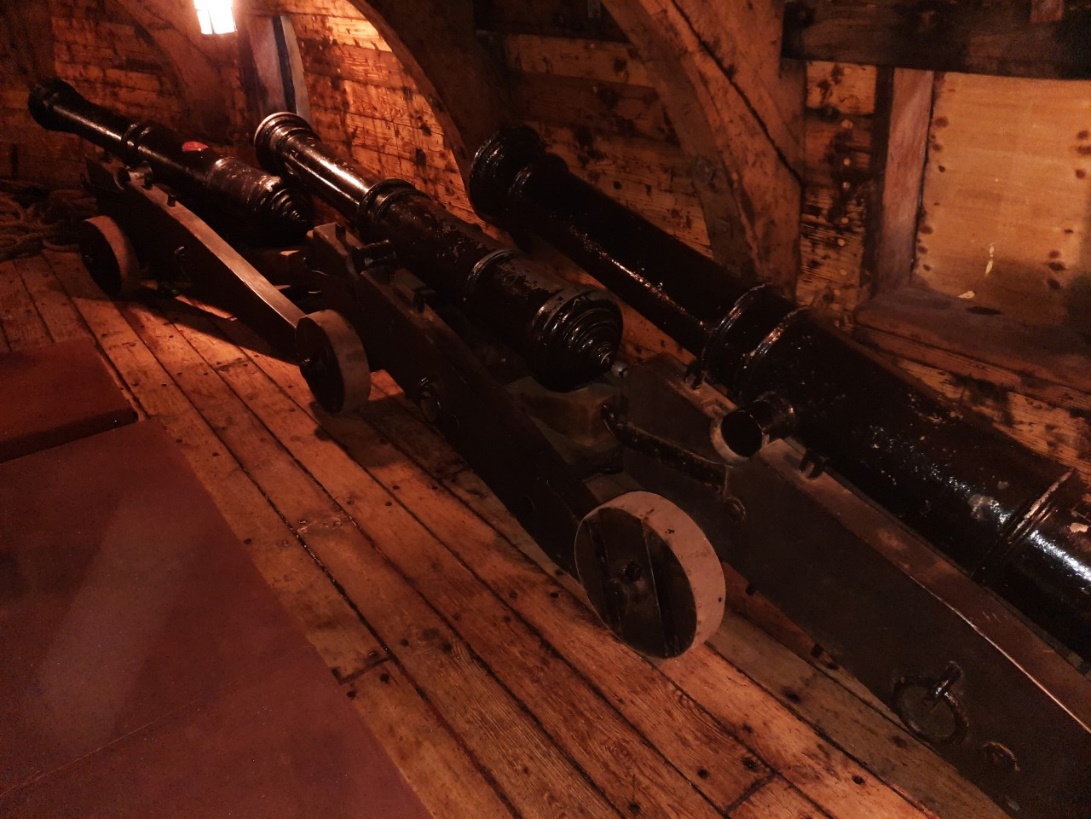
Figure 7: A selection of the ship's cannons on the gun deck which we (pretended) to fire
For the project team, visiting the Golden Hinde provided an insight into the important work the Educational Officers do. The Team offer a range of ways that the public may interact with the space. Educational programmes are available, catering to the primary and secondary national curriculums. This includes ‘living history’ programmes, which allow students to experience life like a sailor, handling equipment, dining, and sleeping aboard the ship. The space can be transformed into an escape room game, run by Secret Studios, or an events space for corporate gatherings, pirate birthday parties, and more! In April, The Golden Hinde will celebrate the 50th anniversary of her lauch, with a range of activities open to the public, including sword fighting and arts and crafts activities in the hold. The Education Department is currently undertaking exciting developments to the ship’s digital offerings, with a new audio tour, detailing the experiences of crewmates from the voyages of the 1970s and 80s. This year, Hodder Education are also partnering with The Golden Hinde to produce a 360° projection of the ship, to create a virtual tour that will increase our accessibility to the public.
As our ‘English Merchant Shipping’ project develops over the coming years we will be working closely with our partners at The Golden Hinde to bring interesting stories from our research to be presented in a living history environment.









